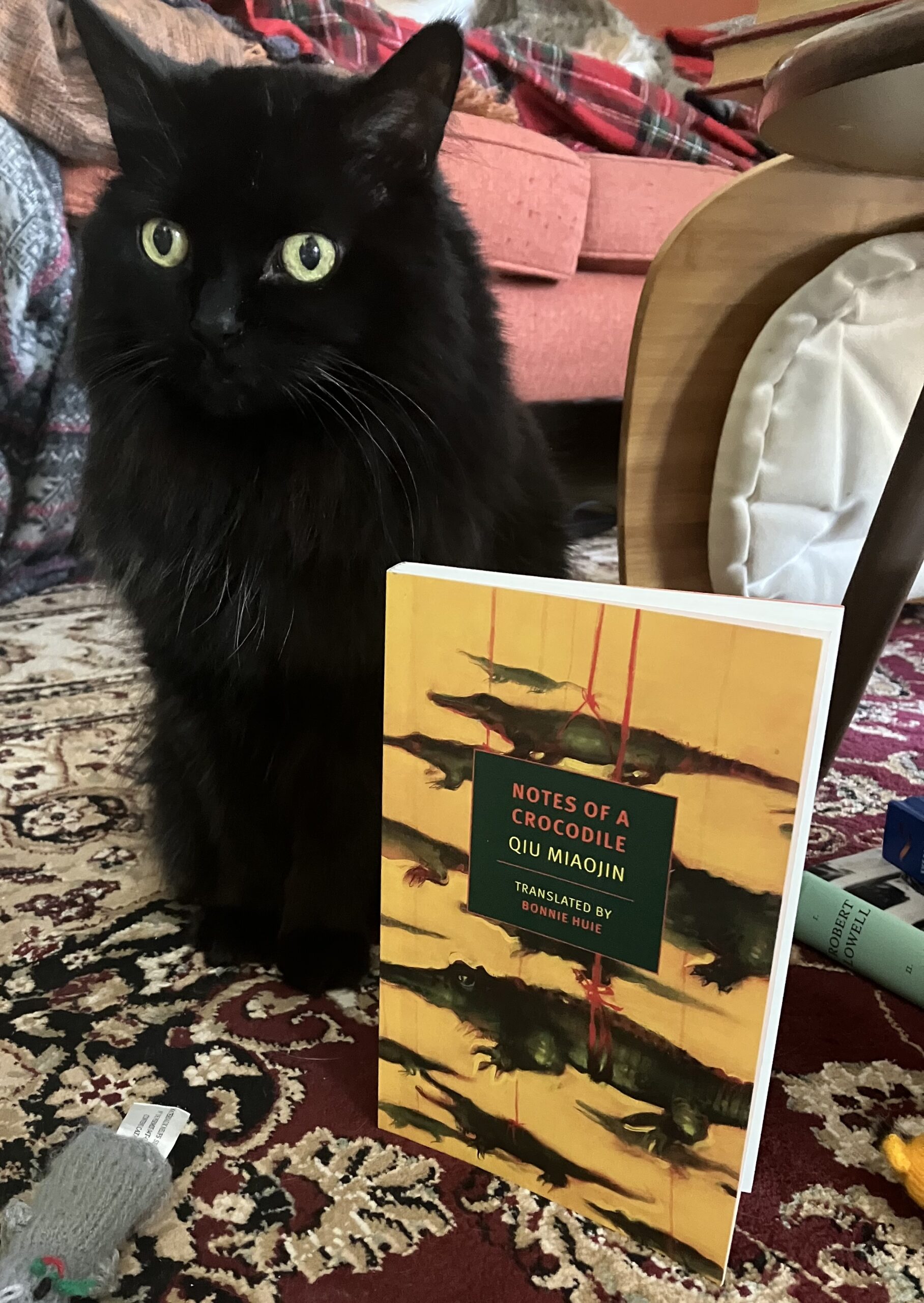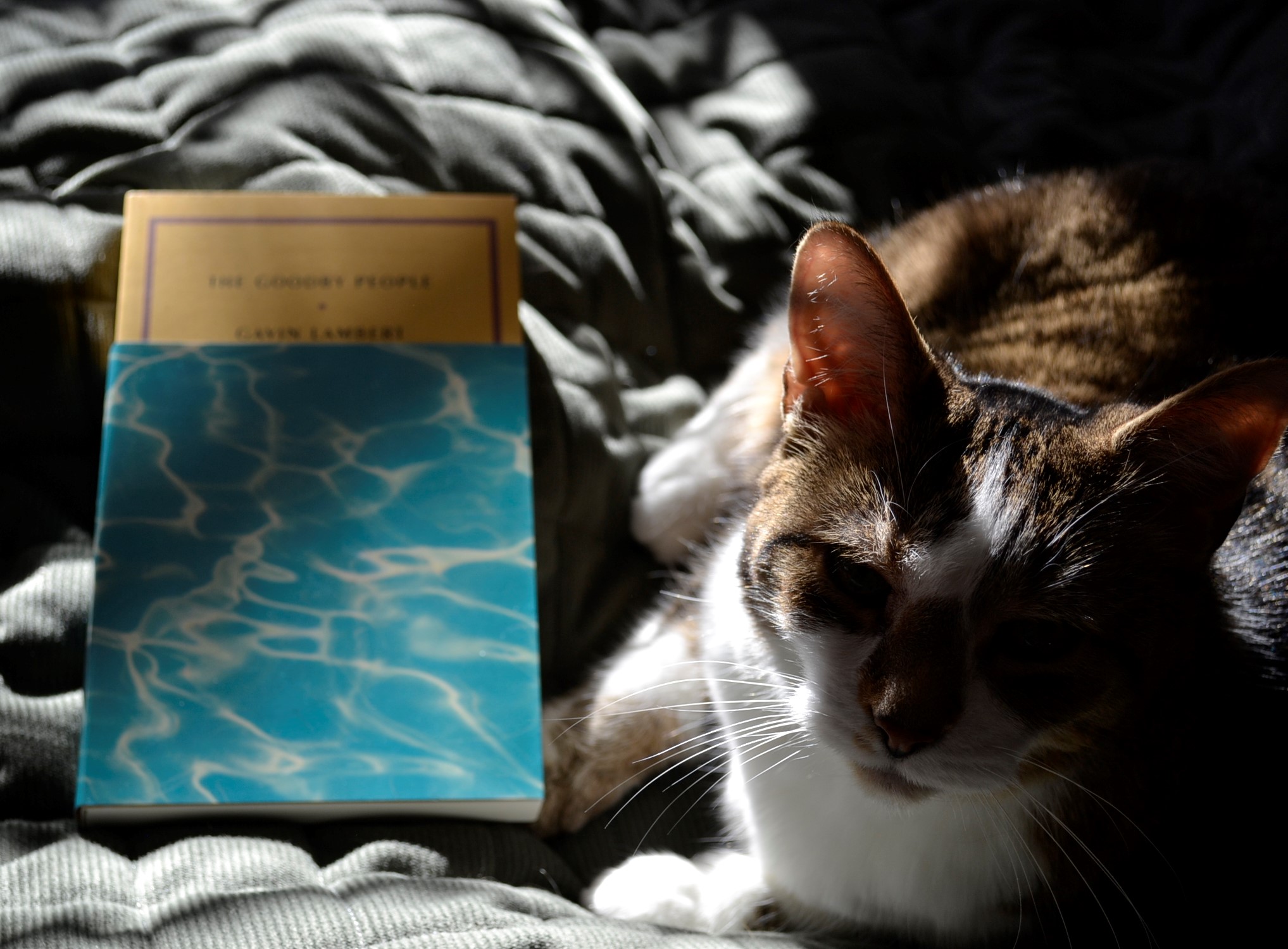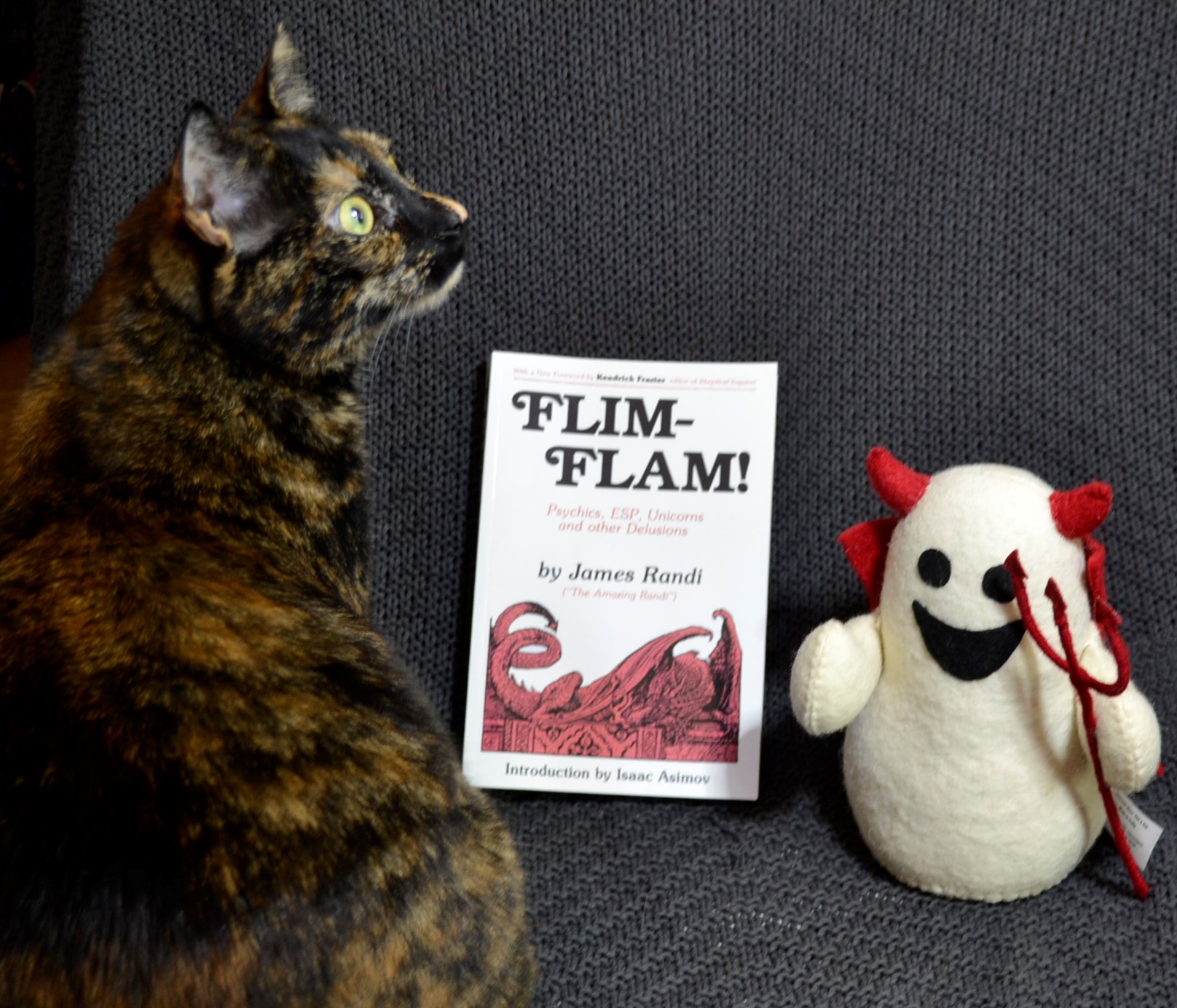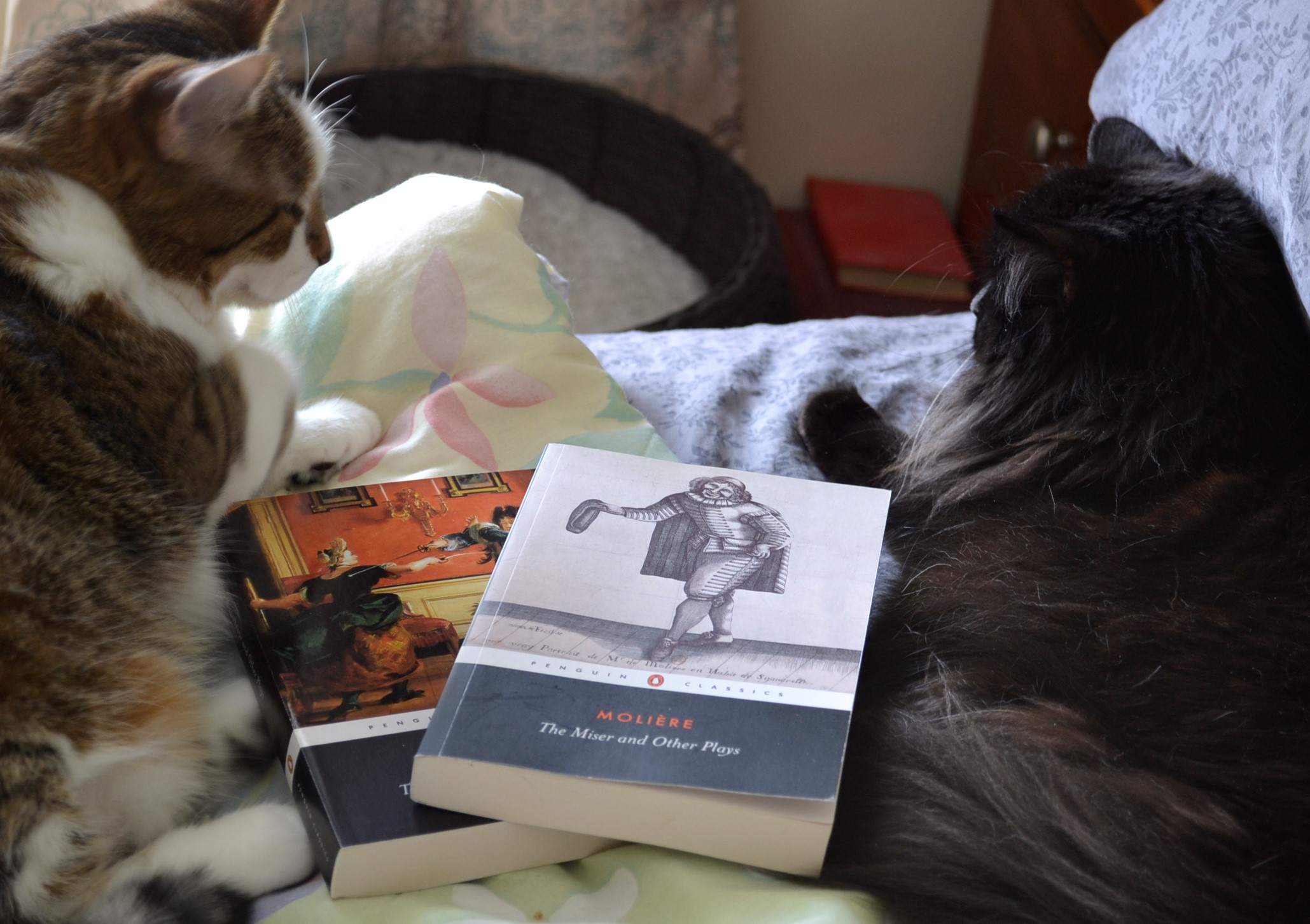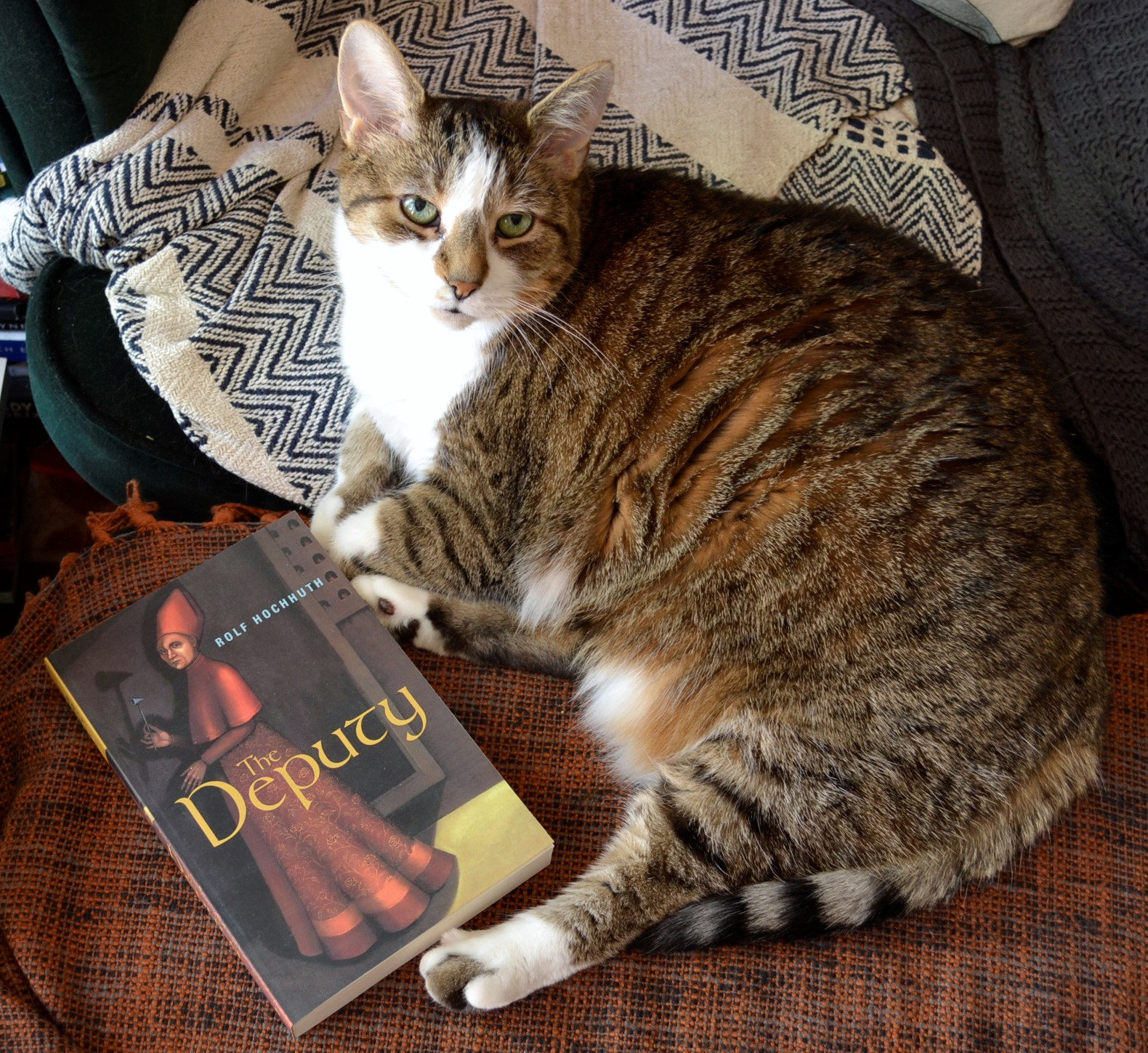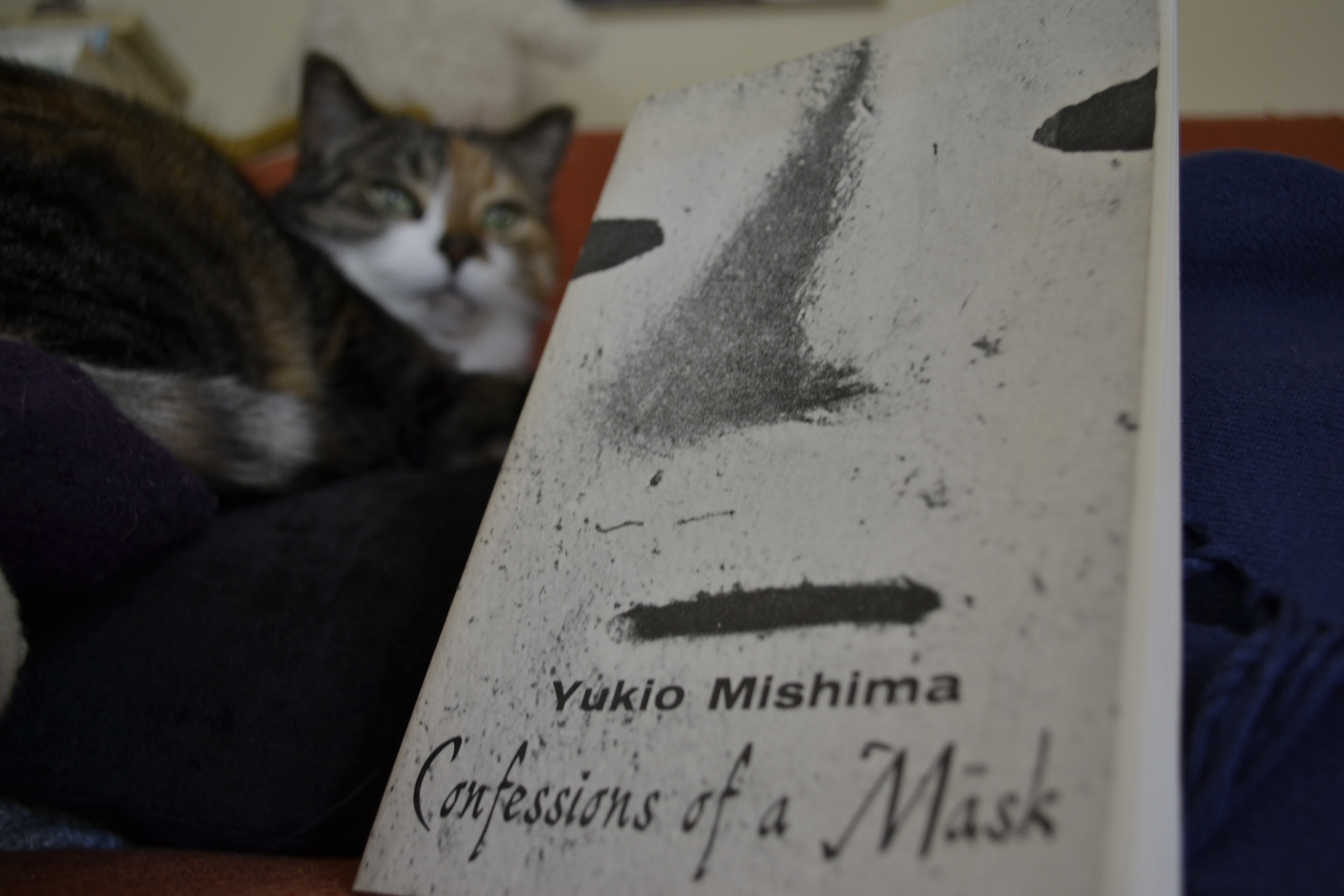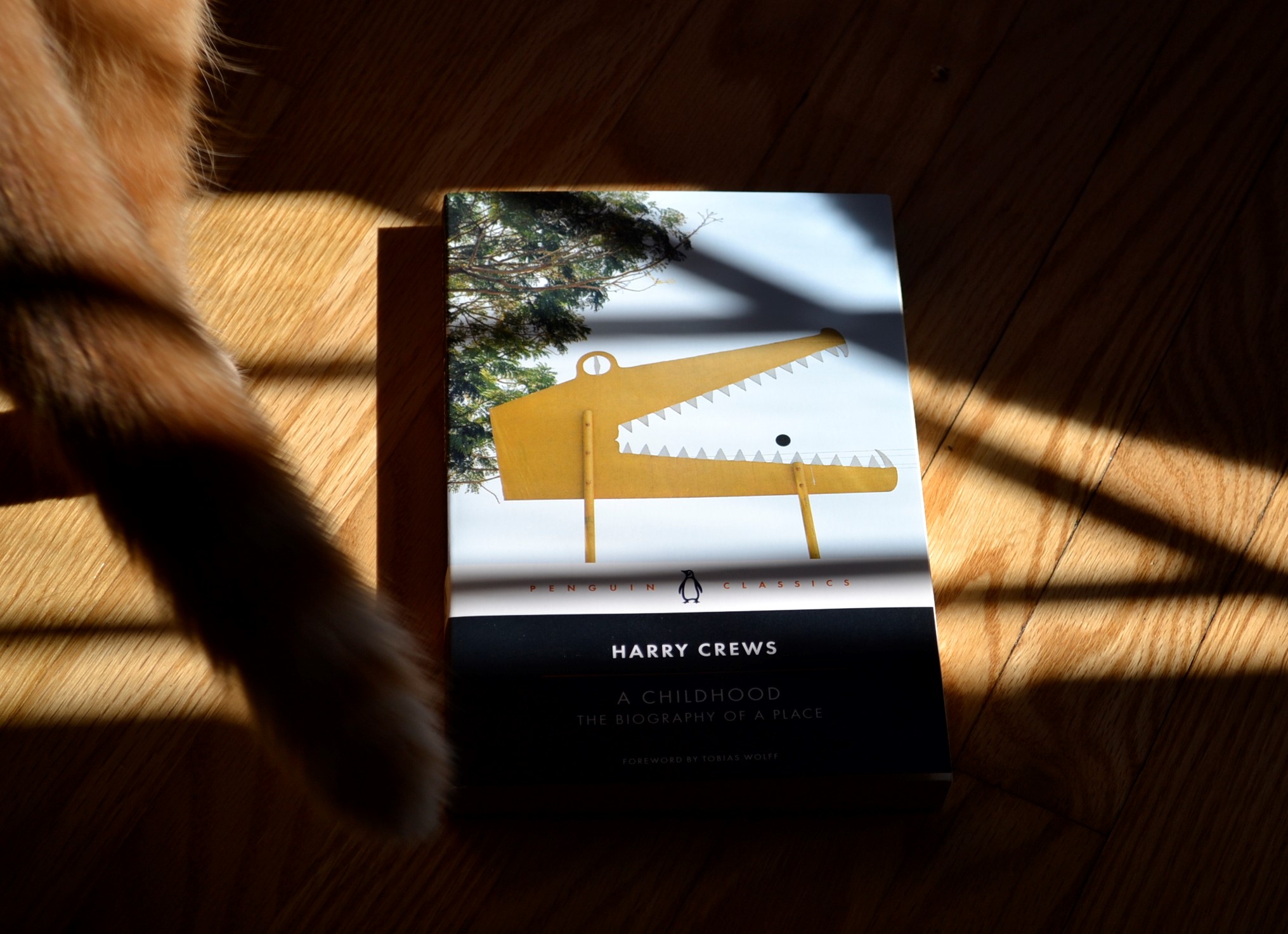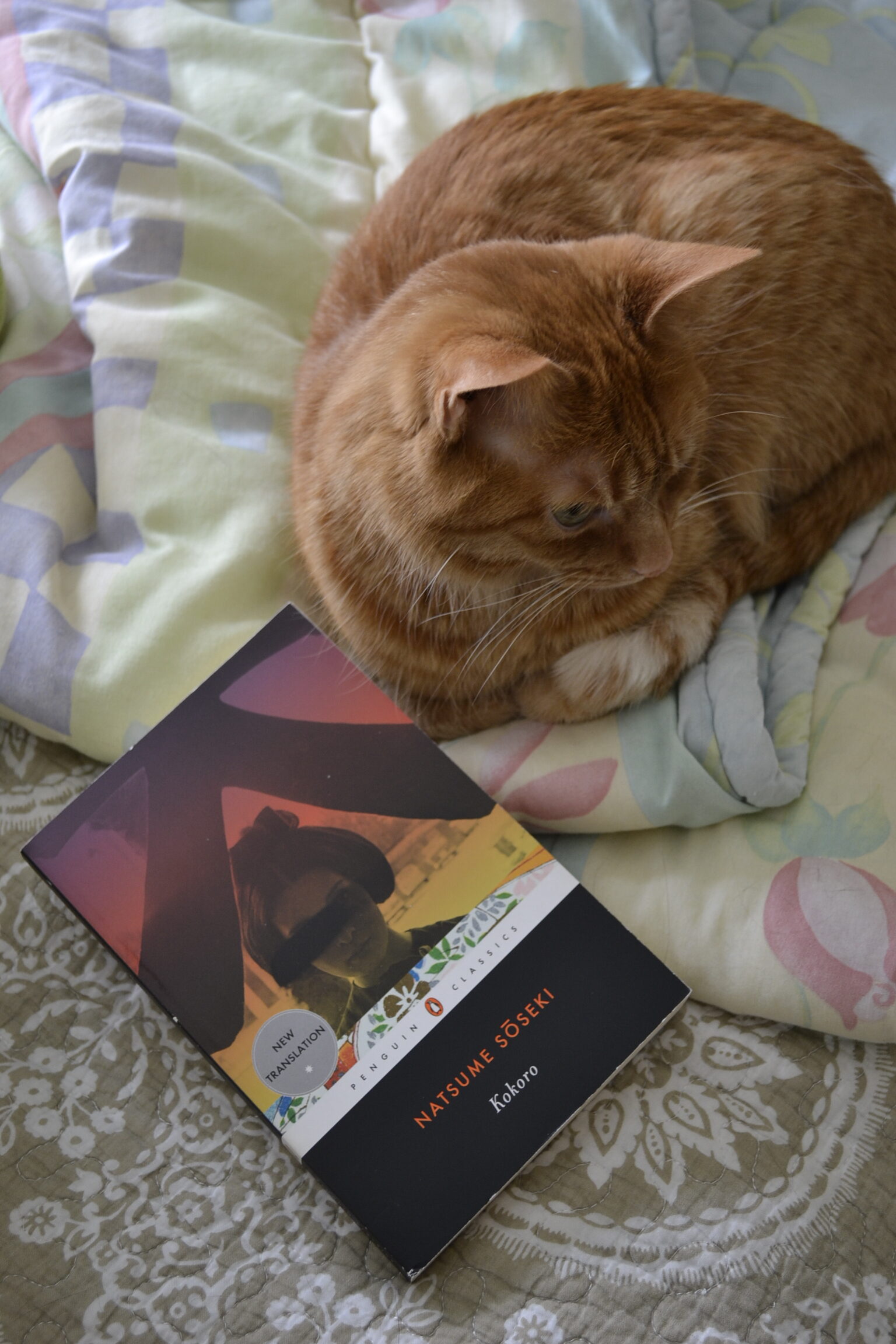Notes of a Crocodile
Academia provides a concrete backdrop for a constantly shifting narrative in which the narrator is struggling to come to terms with herself and asserting that self in a society that treats her like an aberration because of her sexuality.
